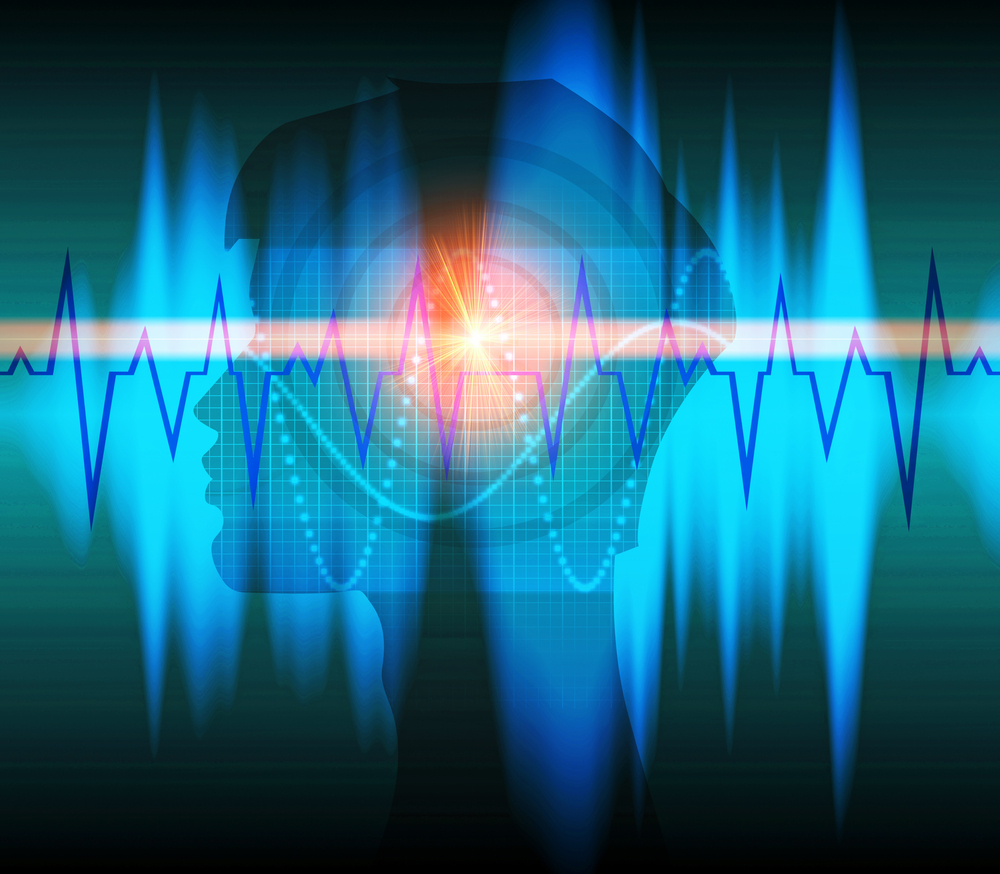#IARC2017 – Possible FA Biomarkers Seen in Early Sensory Damage Linked to Mutation’s Degree

Problems in the somatosensory (sensory nervous) and auditory systems of patients with Friedreich’s ataxia are potential biomarkers of early sensory damage, according to a small study.
The research, “Cortical responses and change detection to auditory and somatosensory stimuli in Friedreich ataxia,” was presented at IARC 2017 by Gilles Naeije of the Service of Neurology, ULB-Hôpital Erasme, Belgium, on Friday. IARC, the International Ataxia Research Conference, is taking place in Pisa, Italy, through Saturday.
Dysfunction and degeneration in the cerebellum — a part of the brain that coordinates balance and movement — and proprioception neurons (posterior column neurons) are two hallmarks of Friedreich’s ataxia. As such, assessing the degree of degeneration, as well as its timing, may help scientists both to develop targeted therapies and to identify markers that reflect disease status, progression and response to treatments.
One way to measure the electrophysiologic responses of the nervous system to different stimuli is by performing what are known as evoked potentials (EPs), or evoked responses tests.
Two often-used EPs measure either impairments to the auditory nerve system or to the somatosensory system — part of the sensory system that informs us about objects in our external environment by a conscious perception of touch, pressure, pain, temperature, position, movement, and vibration.
These are assessed by short-latency brainstem auditory evoked potentials (BAEPs) for the auditory nerve system, or by short-latency somatosensory evoked potentials (SSEPs) for the somatosensory system.
In previous studies, researchers using EPs proposed that Friedreich’s ataxia impairments to SSEPs correlated with GAA repeats (the genetic mutation that causes the disease), but did not change with disease progression. Impairments to BAEPs, in contrast, correlated with disease duration.
These results suggested “an early and stable deficit in somatosensory processing and a progressive involvement of the auditory system,” the researchers wrote.
“However, a limitation of SSEP studies is the complete loss of these responses in most FRDA [Friedreich’s ataxia] subjects, even at a young age,” they added.
Researchers used magnetoencephalography (MEG), a non-invasive technique to investigate brain activity, studying patients’ responses to somatosensory and auditory stimuli. They chose MEG because it “might allow to detect responses even when traditional EPs cannot be measured, and add temporal and spatial resolution to the analysis,” they wrote.
The study was performed with 16 Friedreich’s ataxia patients, mean age of 30, and an equal number of healthy controls. Whole-scalp MEG was conducted while participants received specific stimuli.
Results showed that MEG was capable of detecting neurological responses to tactile stimuli in all Friedreich’s ataxia patients, even when SSEPs were absent. Patients’ somatosensory responses were delayed and reduced in amplitude, while auditory responses were not impaired in amplitude but showed increased latency.
“In both cases, impairment is seemingly unrelated to disease progression and only correlates with mutation severity [GAA repeats], indicating that these parameters are biomarkers of early sensory damage,” the study concluded.






